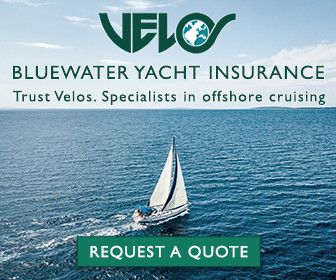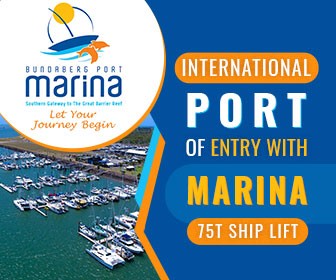Off the Beaten Path: Western Australia – A Coast Less Travelled
Despite boasting thousands of kilometres of leeshore and a scarcity of safe harbors, Western Australia’s coastline offers over 12,000 km of breath-taking scenery, abundant wildlife and thrilling sailing adventures. In this report, Kim Klaka – Editor of the Fremantle Sailing Club’s Western Australia Cruising Guide – highlights some of the remarkable features found along this extensive coastline.
Published 4 days ago
Exploring Western Australia
About 25 years ago I met one of the very few people who have sailed out from England to explore the Western Australian coastline. He made a profound comment that has stuck with me: “I view West Australian yachtsmen with a mixture of admiration and concern; admiration for their skills and concern for their sanity”. He was right – what would possess a sailor to cruise along thousands of miles of lee shore in winds typically near gale force, with fewer than a dozen harbours of refuge? The answer is surprisingly simple: breath-taking scenery, persistent sunshine combined with abundant wildlife and seafood, accessible only by adventurous sailing.
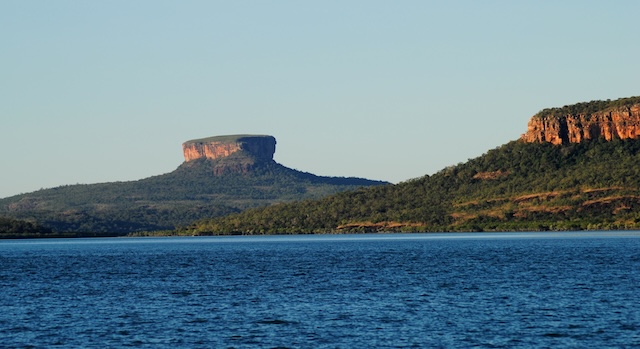

Geography, Tides and Weather
Western Australia has about 3 million inhabitants, most of whom live in Perth. It occupies twice the size of the United Kingdom, France and Spain combined. Its 7,000-mile coastline offers just 10 accessible commercial harbours, 12 marinas and 3 large towns. Barely half the coastline has VHF or mobile phone coverage, so you are often relying on sat phone or old-fashioned HF radio for your weather forecasts.
The northern part of the state has some of the largest tidal ranges in the world, up to 12 metres. Conversely, the southern part of the state has a range of only one metre.
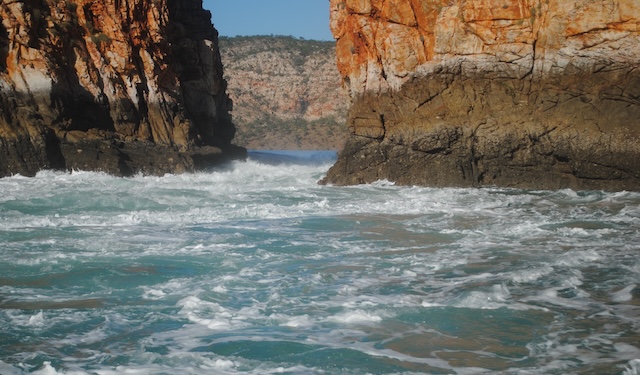

The weather is full of contrasts, though the predominant theme is sunshine. The southwest coastal area has a Mediterranean climate. The Kimberley region in the north has an extremely hot Monsoonal climate with average annual rainfall ranging from 500 to 1 500 mm, but there is a very long, almost rainless season, from April to November – ideal for cruising.
There are no RNLI-style lifeboats along this coast. Instead, volunteer marine rescue groups operate out of bays and inlets, usually with small, fast powerboats. If rescue is required further afield, the local fishing boats are often called on to help.
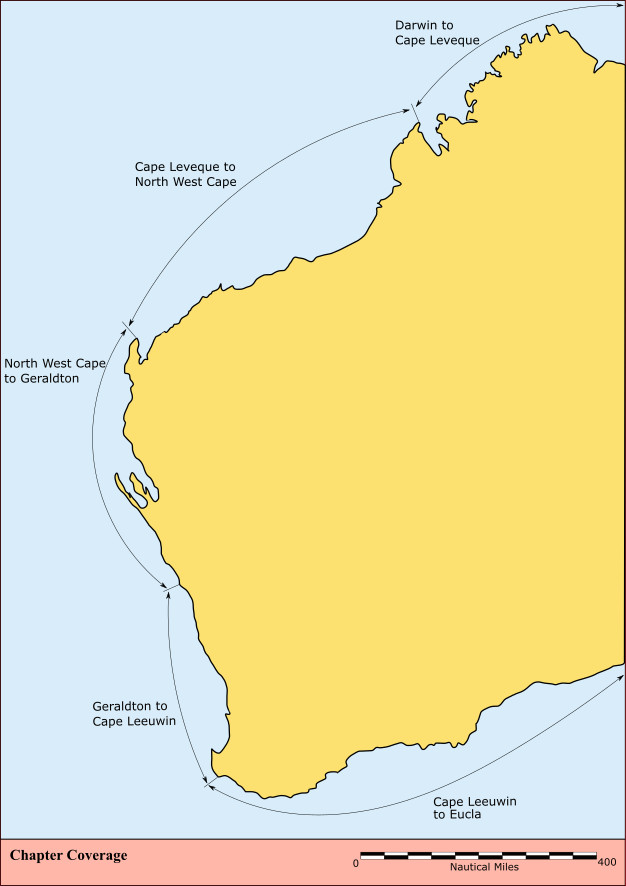

Fremantle
The sailing mecca of Western Australia is Fremantle, best known for the 1987 America’s Cup and the 2011 ISAF world sailing championships. The seas around Fremantle make for wonderful, if robust sailing, with the afternoon sea breeze usually blowing at force 5-6. There is no fog, no tide and very little shipping. The holiday island of Rottnest is but an afternoon sail from the mainland, its sheltered bays and gin-clear water full of rock lobster, rays and dolphins. You will find osprey nests and quokkas – cute, cat-sized marsupials found only on Rottnest.
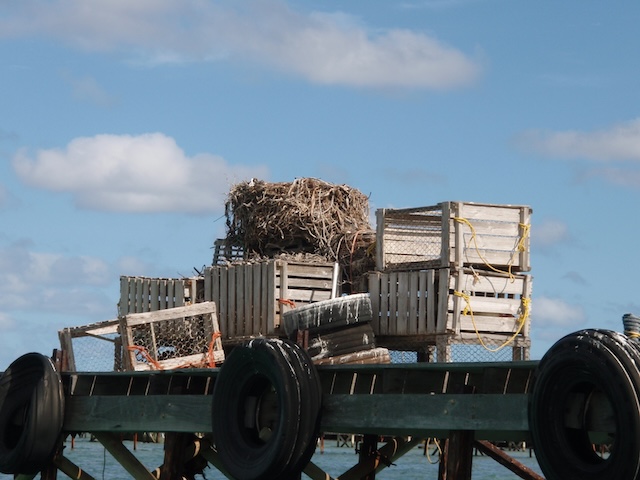

Most of the sailing clubs are on the Swan River rather than on the ocean itself. Access from the river to the ocean is limited by the Fremantle bridges, with any sailing yacht more than about 6m long having to lower its mast. However, this doesn’t stop them getting to the ocean; nearly all the river yachts have hinges in the mast section just above deck level, making mast lowering and raising a standard 15-minute procedure whilst under way – even for 60 footers. The local spar makers have been incorporating these hinges into masts for decades, without any failures.
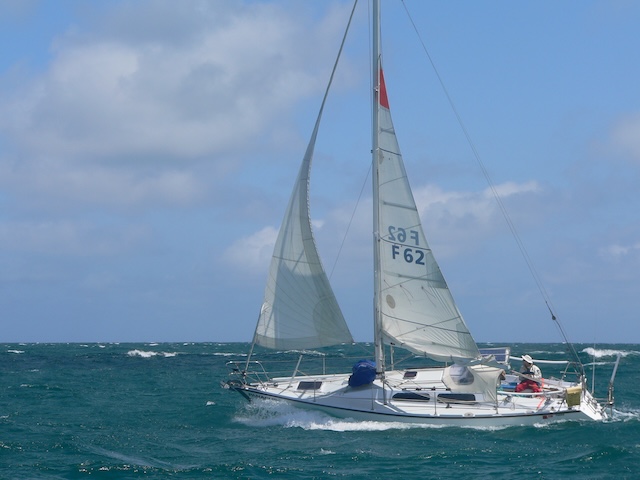

Kimberley
Whilst Fremantle is excellent for day and weekend sailing, the true cruising adventures are to be found much further afield. Arguably the most fascinating region is the Kimberley, about 1,300 miles north of Fremantle. The Kimberley is a region of great beauty, ruggedness and wilderness which has still not been thoroughly explored. No roads, towns, marinas or bus tours here. Many of the anchorages contain Aboriginal rock art, some of it over 30,000 years old. Bird life, crocodiles and turtles all add to the fascination of the place. In some of the busier anchorages you may find yourself in the company of 3 or 4 other yachts, but most of the time you will be on your own in utter tranquillity. You can quite literally count the number of refuelling depots on the fingers of one hand.
Offshore winds are prevalent in the morning, easing in the afternoon. Anchorages may be in coastal indents, or several miles up secluded rivers. The gorge of the Prince Regent River, for example, is perfectly straight for its entire 54-mile length with no houses or roads. Seventeen miles of it are navigable, with freshwater pools and waterfalls at the head of the river. The scenery comprises primary colours of red and blue – your photographs will look like they’ve been photo-shopped.
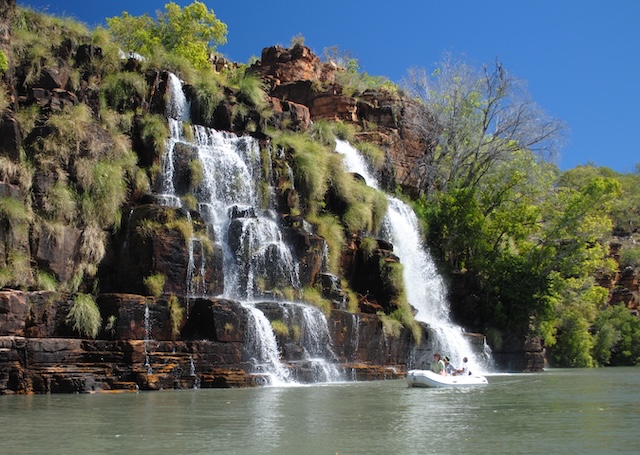

Ningaloo
Tucked in just below the northwest corner of Australia about 500 miles north of Fremantle is another “best-kept secret”: Ningaloo Reef. Almost as big as the Great Barrier Reef, it is far less crowded and more accessible – the reef is less than a mile off the coast in many places. This is a beautiful, unique and fragile environment to explore. It is visited by giant whale sharks and there are over 40,000 humpback whales migrating past each year. Anchorages are open roadsteads protected from the Indian Ocean swell by reefs awash. There is just one village along the 100 miles of reef coastline.
Houtman Abrolhos
One of the most extraordinary places in Western Australia is the Houtman Abrolhos, 200 miles north of Fremantle. This is a group of 122 uninhabited low islands spread over 50 miles, most of them less than 4 metres high. In many respects they make an idyllic cruising ground – clear water, warm temperatures, uncrowded, with an abundance of fish, coral and sea lions. There are a few precariously perched fishermen’s shacks, but no shops, no roads, no water, and no phones. It is also the site of some grisly history….
In 1629 (100 years before Captain Cook) the Dutch trading vessel Batavia ran hard aground on the Abrolhos. Of the 322 people aboard the vessel at the time of shipwreck, 282 made it ashore to what they assumed was relative safety. The lack of food, water and shelter turned out to be the least of their worries; 115 men, women and children were murdered in a mutiny on the islands over the ensuing two months. The perpetrators were tried and hanged on the islands. The Batavia shipwreck is a story that might well have formed the basis for William Golding’s book Lord of the Flies, and it makes Mutiny on the Bounty seem like a cosy afternoon tea party.
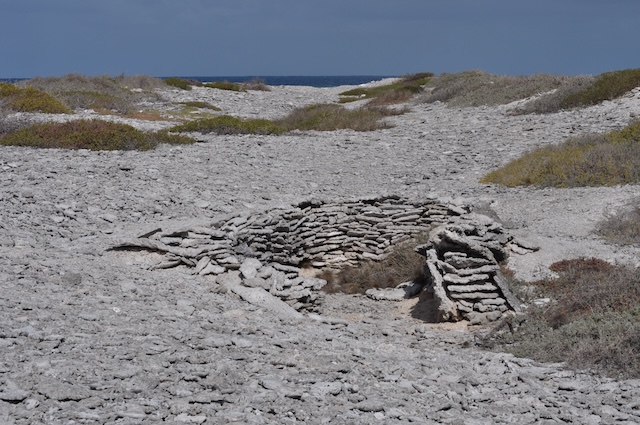

Geographe Bay
Heading south from Fremantle just 90 miles brings you to the tranquil delights of Geographe Bay. During the summer months this 20-mile wide bay provides smooth water sailing and shelter from the prevailing southerlies. Shoreside, this area is gateway to the Margaret River region, home to Australia’s premium cabernet sauvignon and chardonnay wines, with bucolic restaurants serving locally-grown gourmet food to match. (Did you know that Western Australia is the largest producer of black truffles outside Europe?)
In winter and spring, humpback and southern right whales make their way through the Bay on their annual migration. Blue whales also travel through the shallow waters of Geographe Bay between October and December, and can be seen as close as 50 metres from the shore.


The South Coast
This area is more akin to the west coast of Ireland, but without the crowds (irony intended). The region starts at Cape Leeuwin, one of the three (arguably four) great capes of the world. It is the most southwesterly point of Australia and it is where the Indian and Southern Oceans meet.
There are few secure all-weather anchorages on this 400-mile stretch of rugged, cliffy coast. Among its surprises is yet another unexplored region: the Archipelago of the Recherche, an extensive group of uninhabited islands that stretch 123 miles along the coast. From the Recherche it is a mere 500 miles of emptiness across the Great Australian Bight to South Australia, where you have finally left the shores of Western Australia.
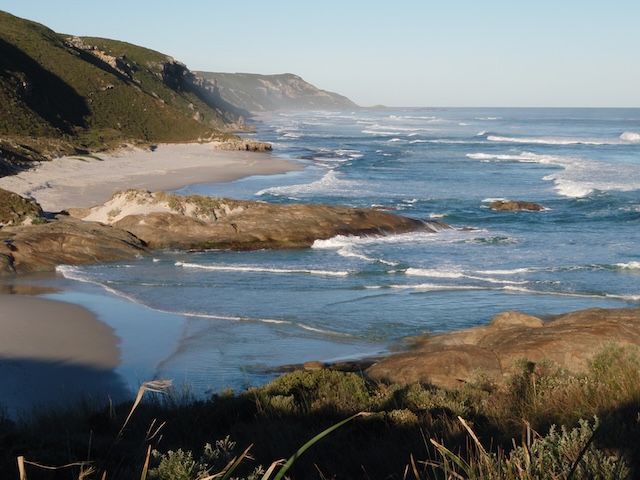

More information
Fremantle Sailing Club’s Western Australian Cruising Guide is regarded as the sailing bible for Western Australia, covering the entire coast, including the Christmas and Cocos Islands. The latest edition (Version 5.5), published in February 2025 contains more than 100 changes and updates since version 5.4 was issued in February 2023. The 650-page book is a definite “must have”, especially for cruising the Kimberley. It is available as a free download.
Kim Klaka
Editor
Western Australia Cruising Guide
………………………………
About the Author
Kim Klaka has sailed over 30,000 miles offshore – 20 years in UK waters and 30 years in Australia – and is the current editor of the Western Australian Cruising Guide. He is a naval architect with 40 years’ experience in yacht design, holding a Masters degree and a Doctorate in sailing yacht performance. He is a recipient of the Yachting WA David Walters Memorial Medallion for services to yachting safety, only the fifth person ever to receive this award.
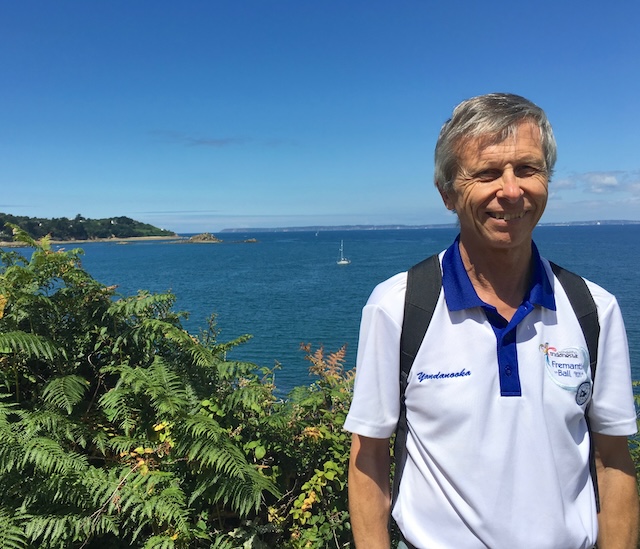

………………………………
Related Cruiser Reports on Noonsite:
- Australia: Dodging Lobster Pots and Aquaculture Pens Across the Great Australian Bight
- Australia: Remote Kimberley Coast has Something to Offer
- Australia, Daw Island: An Outpost of Nature
………………………………
© 2025 Noonsite. This content was edited by Noonsite. Do not reproduce without permission. All rights reserved.
The opinions expressed in this article are the author’s own and do not reflect the view of Noonsite.com or World Cruising Club.
Find out all news, reports, links and comments posted on Noonsite, plus cruising information from around the world, by subscribing to our FREE monthly newsletter. Go to https://www.noonsite.com/newsletter/.
Related to following destinations: Albany, Augusta, Australia, Broome, Bunbury, Carnarvon, Dampier, Derby, Esperance, Exmouth, Fremantle & Perth, Geraldton, Onslow, Port Hedland, Port Walcott, Western Australia
Related to the following Cruising Resources: Circumnavigation, Cruising Information, Indian Ocean, Off the Beaten Path, Routing, Travel Information



